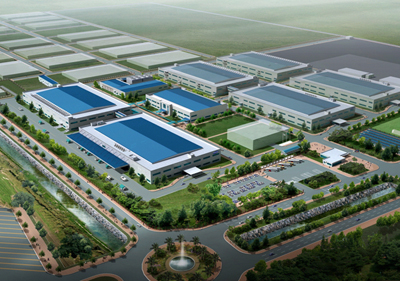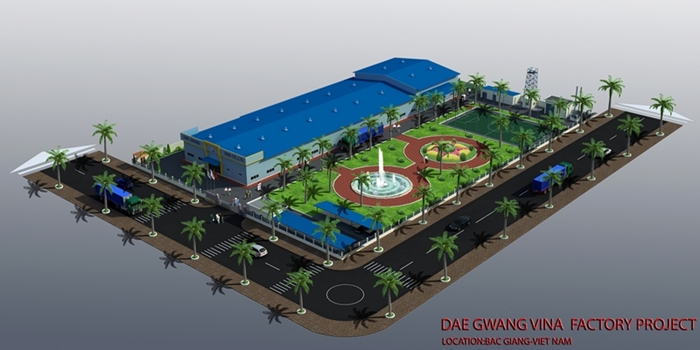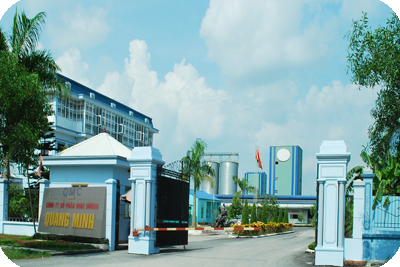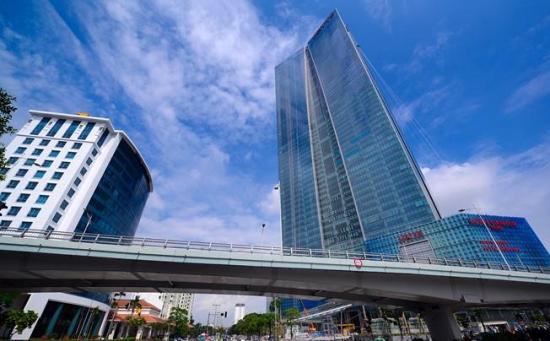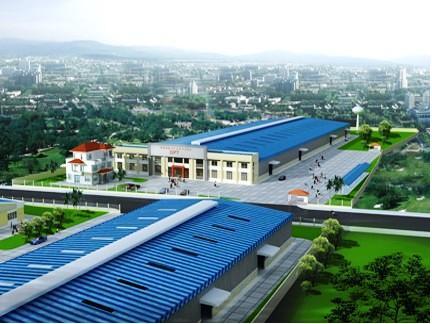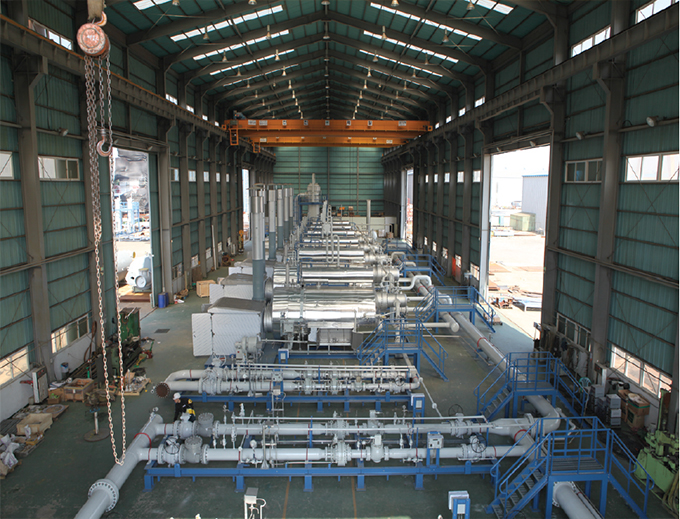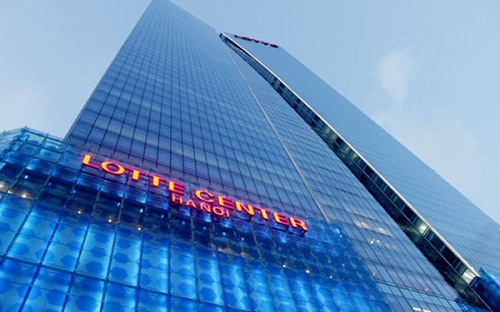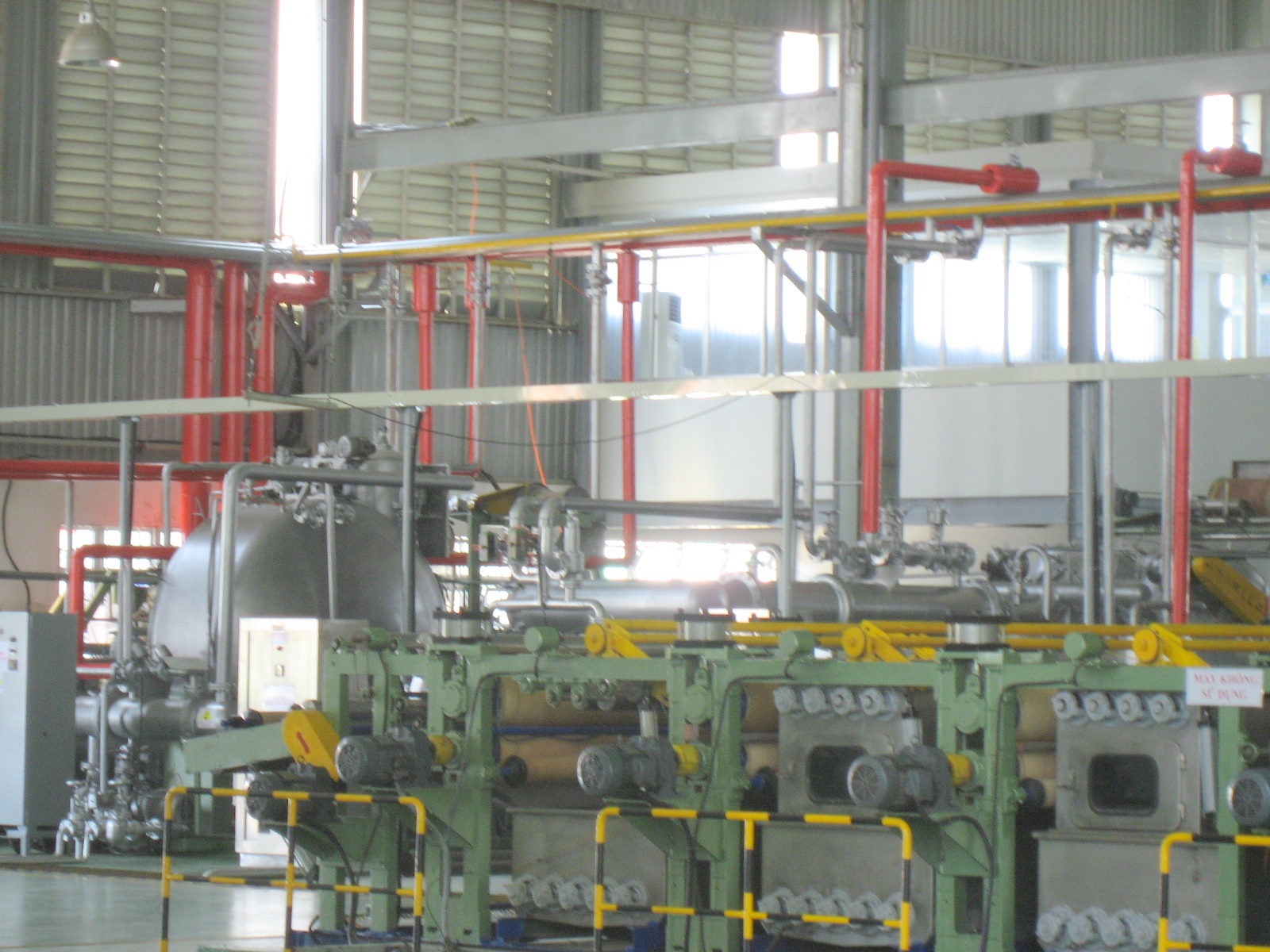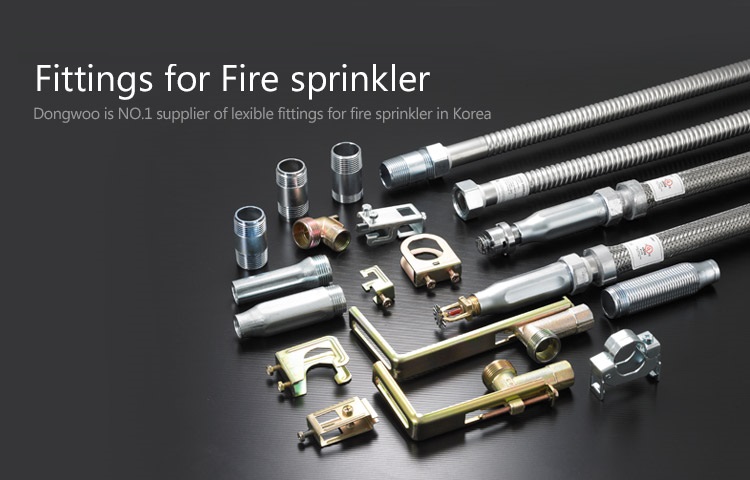Learn about stainless steel Inox
1. Introduction:
Stainless steel, also known as inox (from French: inoxydable) is an alloy steel containing Cr (with a minimum chromium content of 10.5% by weight). If conventional steels when exposed to oxidizing agents (such as air, moisture, ...) will form rust and corrosion on the inside layer of material, then in stainless steel, the chromium content sufficient high, on the surface it would form a layer of chromium oxide passive film can effectively prevent the process of creating rust and corrosion in the inner layer of the material surface makes it always feels shiny.
Thanks to these features, today, stainless steel is widely used in industrial, medical and life ... However, because the name "stainless", it also makes the material or be abusive because many different purposes, especially for applications in life. But in reality, corrosion resistant steels depends according to its alloy components and user environments, in many cases, it is also susceptible to corrosion than ordinary steel (especially in solution chlorine salt, eg NaCl salt ...)
2. Features stainless steel:
Stainless steel is an alloy based on their nature Fe mainly against corrosion in different environments. However, to understand the nature of "stainless" here is relative to conventional steel. But in fact, every kind of stainless steel only high corrosion resistance in some certain environments, and even in that environment, it was corroded but with negligible speed should be considered stainless .
Of the approximately 16 ~ 18 alloying elements used in stainless steel, the elements C, Ni, Cr, Mo, Mn, Si, Nb is the key element affecting decisions to the structure and properties of steel material. In particular, the alloying elements Cr decision for stainless steel properties. An explanation of this could follow two ways:
* With 12% chromium content above, stainless steel made in the environment due to surface oxidation is protected by the passive film Cr2O3 ..
* When ferrite containing not less 12.5% Cr, its electrode voltage increases the voltage equivalent of cementation phase (carbides in general) -> improve resistance to galvanic corrosion -> stainless steel becomes.
3. Classification of stainless steel:
3.1. Sorting by corrosion rate:
As stated above, the calculation of stainless steel is resistant to corrosion in different environments. Based on that, depending corrosive environment, general steel and stainless steel in particular are classified according to the corrosion rate as follows:
* In the weak corrosive environments: freshwater, air ...
- No larger than 0.01mm / year: steel is considered totally stainless
- No larger than 0.1 mm / year: Stainless steel is considered
- Greater than 0.1 mm / year steel rust considered
* In corrosive environments: water, salt, acid ...
- No larger than 0.1 mm / year: to be considered as subject to salt, acids (good)
- No larger than 1 mm / year: to be considered stainless (unsatisfactory)
- Greater than 1 mm / year: rusty considered.
3.2. Classification of the steel structure:
Referring to the influence of the alloying elements of the steel structure, they are divided into 2 groups: the stable element austenite structure (characterized by Ni equivalent concentration) and structural stability ferrite (special represented by the equivalent chromium content). This is shown in the Schaeffler diagram of the structure of stainless steel with vertical axis in% Ni equivalent, a horizontal axis in% Cr equivalent.
According to the diagram, there are three main groups of stainless steel (single phase) are: stainless steel mactensite, stainless steel austenite and ferrite stainless steel. Also, there are inter-phase stainless steel group to another but rarely used in daily life.
4. The nature and function of a group of stainless steel:
4.1. Martensite stainless steel:
This group contains 12 stainless steel ~ 17% Cr. If the chromium content in the lower limit (12 ~ 13%), they must control the carbon content not exceeding 0.4% in order to avoid forming excessive chromium carbide, depleted chromium in the metal substrate and reduce rust. If the chromium content up to 17%, the amount of C may be higher 0.9 ~ 1.1% for increased mechanical properties (stiffness) but still guarantee against rust.
Thermal regime of this steel: 950 ~ 1100 my ° C, the environment may be oil or cooled air (due to the high Cr should enjoy my%), temperature ram according to specific requirements but must pay ram to avoid brittle type II in the 350 ~ 575 temperature ° C (by quenching in oil, if slow cooling will form makes steel brittle Cr23C6 and reduced resistance to corrosion).
Martensite stainless steel has high corrosion resistance in freshwater environments, due to the effect of chromium passivation should not corrode in acidic HNO3 (but subject to corrosion in other acids). This steel with low carbon content (eg, grade 403, US 410) is used for jewelry, stainless fasteners, Advanced Refractory (below 450 ° C) as off steam turbines .. The labels have % C higher (eg, 420) has a hardness and a higher elastic limit was used as springs of stainless steel, measuring instruments ... The labels have amounted to 0.9% C ~ 1.0% (eg, 440, 440B) are used surgical instruments (knives, scissors), detailed temperature and abrasion resistance as the valve discharge, some kind of bearings working in corrosive environments.
4.2. Ferrite stainless steel:
Ferrite stainless steel with higher elastic limit austenite stainless steel but the degree of hardening due to plastic deformation than the lamps they are suitable for manufacturing the details by means of cold plastic deformation (rolling and drawing, mound , bicycle …). Reliability of corrosion depends chromium content but preferably in annealed state. To limit local corrosion (corrosion points), to increase the chromium content above 20% and preferably 2% alloying Mo to be used in marine climate, seawater and acid.
Depending on the content of Cr, ferrite stainless steel is divided into 3 groups:
* Group containing about 13% Cr steel (eg, 405) has very little carbon (<0:08%). For additional ~ 0.2% Al will prevent the formation of austenite on heating and facilitate the welding. Steel Group are used extensively in the oil industry.
* Steel group containing up to 17% Cr (eg, 430) is the ferrite group stainless steel are most commonly used because they can replace stainless steel austenite in conditions permitting, should not contain Ni cheaper than many . Steel Group are used extensively in industrial production HNO3 acid, chemical, food, architecture ... The main disadvantage is the difficulty welding, when the temperature exceeds 950 ° C, the region near the weld brittle and corroded under Grain boundaries (can be overcome by lowering% C or add Ti Steel).
* Steel group containing from 20 ~ 30% Cr (eg, 446, 446B) have high antioxidant properties (not peeling at 800 ~ 900 ° C).
4.3. Austenite stainless steel:
Austenite stainless steel Stainless steel group organized austenite even at lower temperatures due to the increased temperature in the steel Ni content to the appropriate level. Typically for this steel is 304 (18-8) and 316 (18-10).
The main advantages of this steel group:
* High corrosion resistance: quite stable in fresh water, salt water, in steam-saturated and superheated, in the salt solution. In acidic environments: stable in HNO3 acid with any strength and temperature, in cold H2SO4 acid, hydrochloric acid dilution. Therefore, they are used in industrial acid production, petrochemical, food and heat resistant to 900 Details ~ 1000 ° C.
* High ductility (strain 40 ~ 60%) should be easy rolling, stamping, mound in cold state, suitable for the manufacture of cylinders, tubes .. Also because the network structure face-centered cubic, it does not become brittle even when large particles (due to firing) and is no point changing plasticity - crispy. Therefore, they can be used at very low temperatures as in icy regions, as liquefied petroleum gas tank and in refrigeration engineering.
* Mechanical guarantee: although not hardened by heat treatment method (because there is no phase shift) but strong hardening by cold plastic deformation. The reason is that the majority in the deformed austenite is converted into martensite strong (called martensite deformation). Also for this reason, hard steel rapidly transformed after each deformation, deformation next to it must be incubated at the appropriate temperature.
The main drawbacks:
* Expensive: because it contains much Ni, can reduce costs by using alternative for Ni Mn in steels such as 201, 202 to produce detailed work in weak corrosive environments (organic acids, salt, alkali) in industrialized food.
* Difficult machining Cutting: by thick plastic, hard casts fractured bunch. Can be improved by the addition of selenium or sulfur increase but would decrease slightly resistant to corrosion of steel.
* Corroded in some specific cases: corroded grain boundaries in the heat affected zone of the weld or when details must often work in 400 ~ 800 temperature range ° C, corrosion concentrate ( point corrosion), corrosion under stress and cumulative effects due to corrosion and fatigue ... because there is more chromium carbide phase in the grain boundaries depleted chromium in adjacent areas and that they corrode faster. Can be overcome by reducing the amount of carbon to the lowest possible level or more alloying carbide forming elements such as Ti stronger Cr, Nb, Ta, Mo ... eg: the 316, 316L, 347 ..
4.4. Austenite stainless steel - ferrite:
This steel has 18 ~ 28% Cr and 5 ~ 9% Ni, eg Russian 12X21H5T marks.
This important feature of this steel is very good mechanical properties: virtually no brittle phenomenon of ferrite steel, high elastic limit steels austenite 3 times. Also, this steel group also durability against corrosion guarantee, especially in conditions of pressure (stress corrosion), or corrosion resistant concentrate (corrosion points) and cavities form in the environment strong corrosive properties (exhaust, exhaust valve hole, chemical vapor pipes ...)
4.5. Stainless steel austenite - martensite (hardening stainless steel maker details):
The group has at least two advantages: can be machined by cold deformation and trimming in relatively soft state, followed by hardening may aging in the relatively low temperature to avoid deformation or oxygen flower. VD: 361 marks
Heating mode:
* Furnaces to 1050 ° C and then cooled in air. Organizations receiving the austenite, can process shaped by plastic deformation and cutting in cold state.
* Heated to 750 ~ 950 temperature ° C and then cooled in air. Organizations get background includes austenite and carbide particles whose number depends calcination temperature.
* Cooling to -75 ~ 0 ° C to (cold processing) to convert part or all of the austenite into martensite.
* Artificial aging at ~ 525 ° C for 1 h, the mechanical properties (strength, hardness) will reach its maximum value by secreting small particles and fine Nial Ni3Al (the hardened structure)
6. Recognize some common stainless steels:
6.1. Composition and use some common stainless steels:
6.2. Distinguishing stainless steel 2xx, 3xx, 4xx:
According to those presented above, we can see the marks of their 4xx steel martensite and ferrite stainless steel, the steel grade 2xx and 3xx of austenite stainless steel. In theory, the original austenite steel group completely non-magnetic (not attracted to the magnet) but, according to the presentation, the group transformed austenite steel strong hard when cold plastic deformation due to the phase change from austenite into deformation martensite (martensite phase which is magnetic). So, in fact, use a magnet to distinguish the stainless steel grade, especially to distinguish the marks 2xx and 3xx, they can say is impossible. To distinguish the most accurate, the only possible using analytical methods chemical composition (but more expensive) or based on the method according to spark awareness grinding (dependent on experience).
* Steel group 4xx: because in the composition containing more Cr and Ni should hardly be formed when grinding rays and orange flowers with dark fire, end the shape of a flower blooming. Strongly magnetic than the 2xx and 3xx marks
* Steel group 2xx: Partly Ni Mn should be replaced if the thickness of the label 3xx, when breaking or bending will feel more stiff. When grinding, the beam has bright orange, thick spark, fire flower much better off (than 3xx)
* Steel group 3xx: When grinding, the beam has orange petals of little flames, sparks along with the flashing blip.
6.3. Preservation:
As stated on the corrosion resistance of stainless steels above, may find the most common is that they hardly corrode in normal atmospheric conditions. Therefore, especially for all kinds of stainless steel utensils for storage, food processing and preservation preferably after use, washed, dried and to ventilated area.
Related Articles
- Introduction of stainless steel
- Inox in energy and electricity
- Stainless steel manufacturing industry chemistry
- Stainless steel water maintain integrity at Palomar California hospital
- Stainless Steel - 100 year history
- Stainless Steel Sheets
- Inox world
- Inox News
- CORROSION RESISTANCE INOX 304, 304L
- Comparison of 201 and 304 stainless steel



